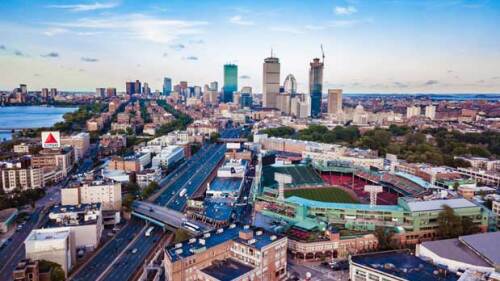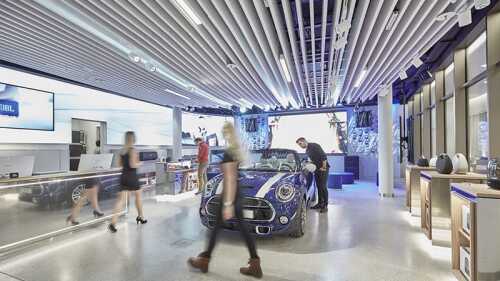Economy, Market & Trends
For more than a decade, online hospitality marketplaces such as Airbnb, HomeAway, Vrbo, and others have disrupted the global lodging industry by offering inexpensive short-term rental accommodations. But almost from their inception, these online marketplaces have been at loggerheads with officials and local communities who blame the firms for reducing tax revenue, causing havoc in some neighborhoods, and raising housing prices.
A midyear survey of home sales rates at the 50 top-selling master-planned communities (MPCs) in the United States indicates the potential for a 10 percent increase by the end of 2019 compared with last year. That exceeds expectations, according to RCLCO’s report, Top-Selling Master-Planned Communities Mid-Year 2019. The listed communities, on average, are experiencing 3 percent growth in sales over midyear 2018.
With an unemployment rate of 2.6 percent, a diverse economy anchored by health and education institutions, and a flourishing tech and life sciences sector, Greater Boston appears poised for continued growth, even with the specter of a potential recession on the horizon. But, like many other growing U.S. cities, the demand for housing far outstrips the supply. Much of the expanding workforce is in danger of being priced out of the market, as are many longtime residents.
What are the possibilities for bringing urban-style living to the suburbs? ULI members discuss the challenges of integrating a mix of uses, how suburban jurisdictions can foster more development, and other trends.
Developers are under more pressure than ever to include features in their buildings that are good for the environment, good for their workers, and good for the surrounding community, said experts speaking at the ULI Fall Meeting.
In the years to come, as increasingly high temperatures, rising sea levels, and an increase in the intensity of hurricanes and other storms make it more difficult to live in coastal areas, the United States may see a wave of internal migration, as people and businesses relocate to where climate change’s effects are not as severe. That could turn cities such as Cincinnati into “climate havens,” boosting their populations and opportunities for development, according to a pair of speakers in a presentation on migration trends and their effects at ULI’s 2019 Fall Meeting in Washington, D.C.
Despite anxieties across the globe, U.S. real estate is still a favored place for investors from all over the world to invest their capital, according to Emerging Trends in Real Estate ® 2020.
Five strategies to increase racial, ethnic, and gender diversity—and reap better performance.
We are long past the point of discussing how technology has interrupted our lives and changed our perspective of the world. We are now in the post-disruption era, and in many sectors including retail, a new normal is emerging. At the same time, we are finally at a place where we can connect the dots to understand how retail is evolving—more efficient through technology and more engagement-focused through experience. The biggest idea driving the newest and most successful retail strategies is wrapped around how we value things—especially time.
Amazon’s choice to locate a second headquarters in the Washington, D.C., metropolitan area is highlighting the region’s need to provide an ever-increasing number of educated workers to fill new technology jobs each year. While many groups are working to address this issue, the Greater Washington Partnership (GWP) has launched a well-funded effort to “create impact at scale.” GWP’s Capital CoLAB—which stands for Collaborative of Leaders in Academia and Business—is moving quickly to carry out its mission and already has garnered more than $6 million in grants.







